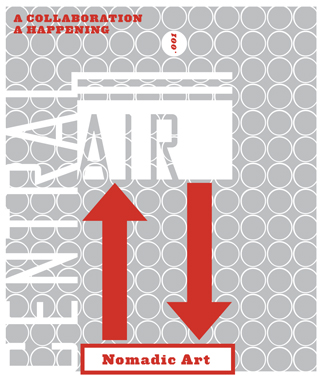Domestic Ag Resources
Photographic + Material Research
The Neolithic Revolution was the first agricultural revolution—the transition from hunting and gathering communities and bands, to agriculture and settlement (settlement is currently being questioned). Archaeological data indicate that various forms of domestication of plants and animals arose independently in at least 7-8 separate locales worldwide, with the earliest known developments taking place in the Middle East around 10,000 BC (BCE) or earlier.[1]
However, the Neolithic Revolution involved far more than the adoption of a limited set of food-producing techniques. During the next millennia it would transform the small, mobile and fairly egalitarian groups of hunter-gatherers that had hitherto dominated human history, into sedentary societies based in built-up villages and towns, which radically modified their natural environment by means of specialized cultivation and storage technologies (e.g. irrigation) that allowed extensive surplus production. These developments provided the basis for high population densities, complex labor diversification, trading economies, centralized administrations and political structures, hiearchical ideologies and depersonalized systems of knowledge (e.g. property regimes and writing). The first full-blown manifestation of the entire Neolithic complex is seen in the Middle Eastern Sumerian cities (ca. 5,300 BC), whose emergence also inaugurates the end of the prehistoric Neolithic and the beginning of historical time.
Text Source: Wikipedia entry_ Neolithic Revolution
- Soy Beans
- Sweet Corn
- Tobacco
- Raw Sugar
- Wheat
- Wild Rice










